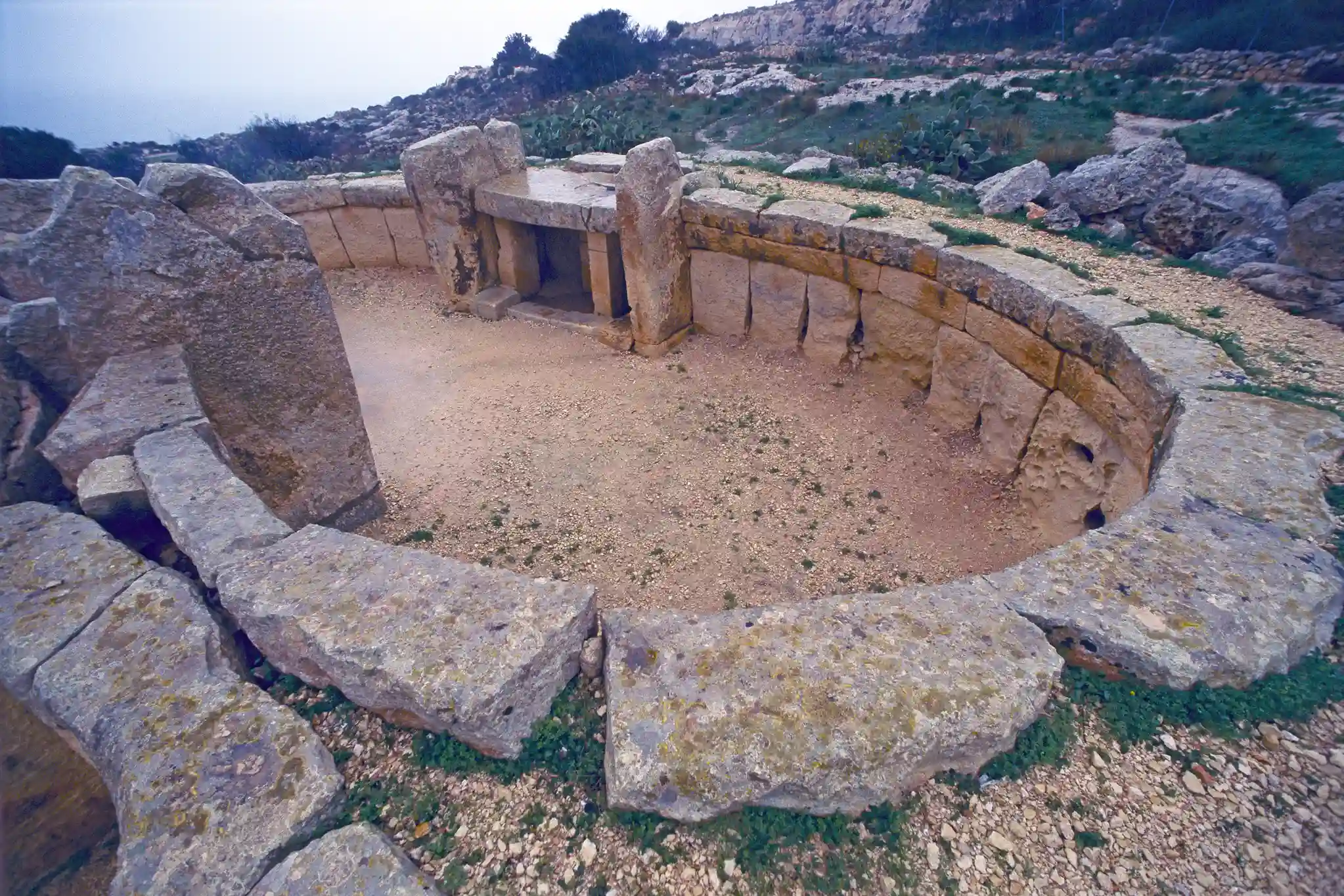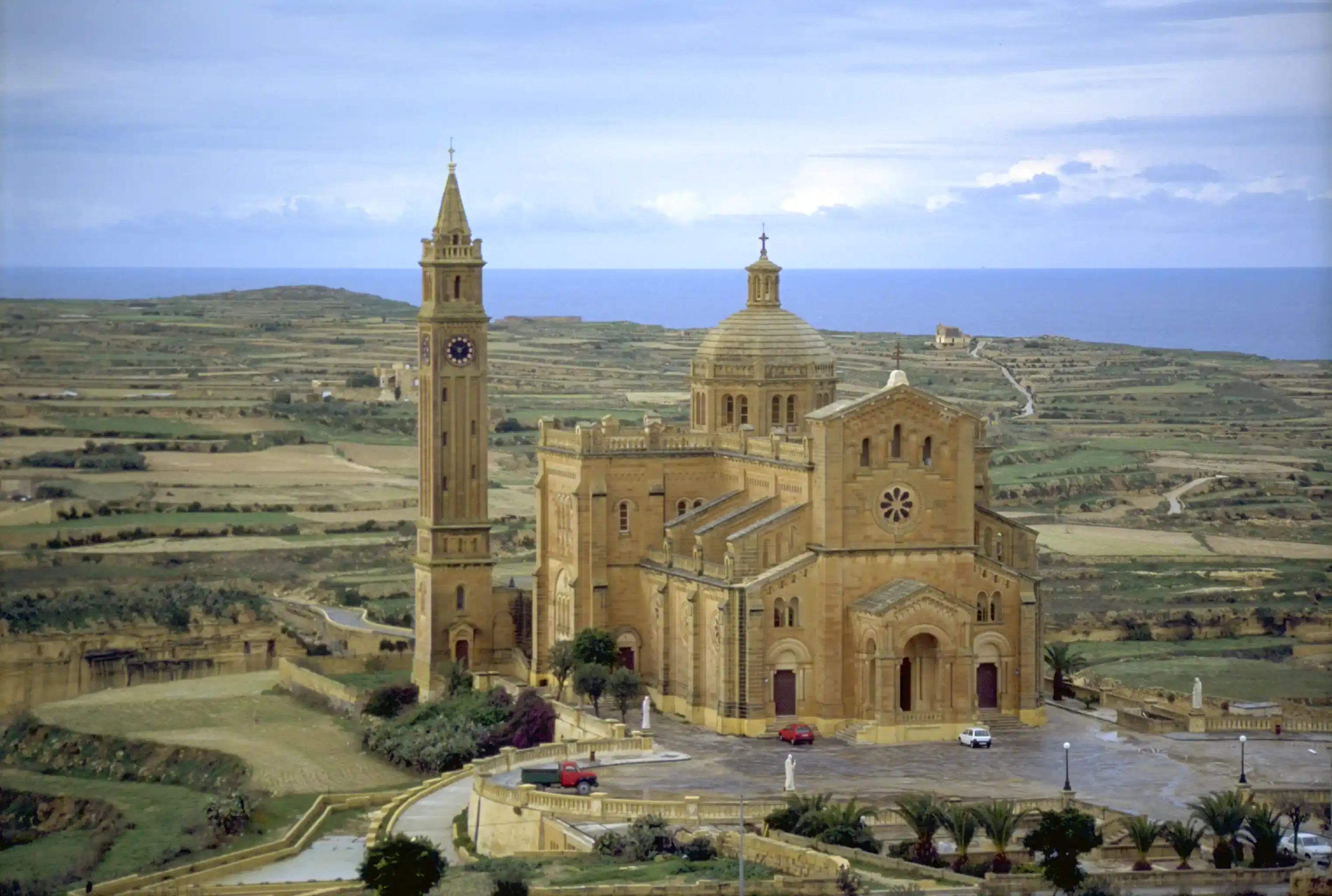Sacred Sites of Malta
Malta: An Island of Ancient Temples and Spiritual Heritage
Malta, a sun-drenched archipelago in the heart of the Mediterranean Sea, is a treasure trove of sacred sites that trace the footsteps of ancient civilizations and diverse religious traditions. From prehistoric temples that predate the pyramids to majestic churches that echo with devotion, Malta's spiritual landscape is a testament to its enduring connection to faith and history.
Gigantija Neolithic Temple
Gigantija, a UNESCO World Heritage Site on the island of Gozo, is one of the oldest freestanding structures on Earth, predating even the pyramids of Egypt. This megalithic temple complex, comprised of massive stone blocks, is shrouded in mystery and believed to have been a place of worship and ritual for the Neolithic inhabitants of Malta.
Ħaġar Qim Neolithic Temple
Ħaġar Qim, another UNESCO World Heritage Site, is a Neolithic temple complex on Malta's southern coast. Its unique architectural features, including an elliptical chamber and decorated stones, offer intriguing clues about the beliefs and practices of the people who built it.
Hal Saflieni Hypogeum
The Ħal Saflieni Hypogeum, a UNESCO World Heritage Site in Paola, Malta, is a unique subterranean necropolis. Carved into the rock during the Neolithic period, it served as a burial chamber and a place of ritual significance. The Hypogeum's intricate chambers, decorated with red ochre paintings and intricate carvings, provide a fascinating glimpse into the beliefs and practices of the ancient Maltese people.
Mnajdra Neolithic Temple
Mnajdra, located near Ħaġar Qim, is another UNESCO World Heritage Site and a Neolithic temple complex. It is known for its astronomical alignments, particularly with the summer solstice, suggesting that it may have served as a calendar or observatory in addition to its religious function.
Ta' Pinu Basilica
Ta' Pinu Basilica, located on the island of Gozo, is a prominent Catholic pilgrimage site. It is dedicated to the Blessed Virgin of Ta' Pinu and is known for its miraculous healing powers. The basilica's stunning architecture and its location overlooking the sea make it a popular destination for both pilgrims and tourists.
Tarxien Temples
The Tarxien Temples, a UNESCO World Heritage Site, are a complex of Neolithic temples located in Tarxien. They are known for their elaborate stone carvings, including spiral designs and animal figures, and are believed to have been used for rituals and ceremonies.
St. John's Co-Cathedral, Valletta
St. John's Co-Cathedral, located in Valletta, is a masterpiece of Baroque architecture. It is the main Roman Catholic cathedral in Malta and is known for its opulent interior, which is decorated with gold leaf, marble, and paintings by Caravaggio.
Mosta Rotunda
The Rotunda of Mosta, also known as the Mosta Dome, is a large Roman Catholic church located in Mosta. It is known for its impressive dome, which is one of the largest unsupported domes in the world.
St. Paul's Catacombs, Rabat
The St. Paul's Catacombs are a complex of underground burial chambers located in Rabat. They are believed to date back to the Roman period and are a popular tourist destination.
Note:
Malta's rich history and religious diversity are reflected in its sacred sites. From prehistoric temples to magnificent cathedrals, these sites offer a unique opportunity to explore the island's spiritual heritage.

Martin Gray is a cultural anthropologist, writer and photographer specializing in the study of pilgrimage traditions and sacred sites around the world. During a 40 year period he has visited more than 2000 pilgrimage places in 160 countries. The World Pilgrimage Guide at sacredsites.com is the most comprehensive source of information on this subject.


